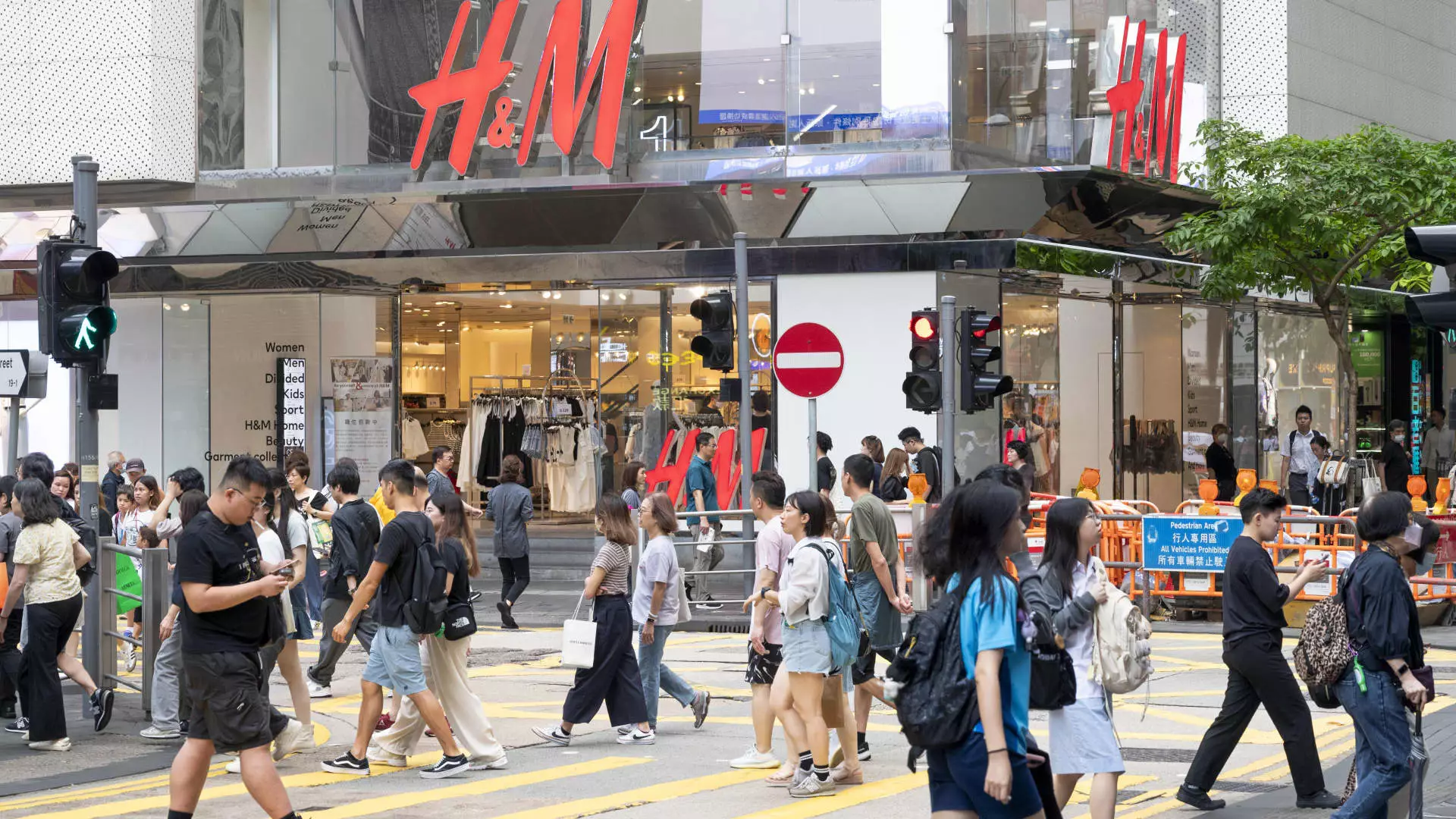H&M, the world’s second largest retailer, faced a major setback as its shares plunged more than 14% in response to its second-quarter performance. The company reported a smaller-than-expected increase in profits for the period between March and May. Operating profit came in at 7.1 billion Swedish kroner, falling short of the anticipated 7.37 billion Swedish kroner, as indicated by an LSEG poll cited by Reuters. While the second-quarter result was an improvement from the previous year, it failed to meet market expectations.
H&M also highlighted concerns regarding its June sales and full-year profit margin target. It forecasted a decline of 6% in local currencies for June sales, attributing the decrease to adverse weather conditions. Additionally, CEO Daniel Ervér expressed skepticism about the company’s ability to achieve its margin target for the year. He acknowledged that external factors such as purchasing costs and sales revenues could have a more negative impact in the second half of the year than initially anticipated.
Despite the challenges faced by H&M, the company remains committed to enhancing its online and in-store experiences. It has announced plans to upgrade stores in major cities like Paris, Milan, Berlin, Stockholm, Hamburg, and Munich. These investments in physical and digital infrastructure signify H&M’s focus on improving customer engagement and staying competitive in the retail industry.
H&M’s performance is reflective of broader market trends affecting the retail sector. Rising living costs and changing consumer behavior post-pandemic have impacted both high street and luxury retailers. Competitors like Zara owner Inditex have also reported a slowdown in sales growth, indicating a challenging environment for fashion retailers. Moreover, fast fashion brands like Shein, with its upcoming public listing in London, pose a threat to traditional European retailers by capturing market share with their agile business models.
H&M’s second-quarter results underscore the challenges facing the company in a rapidly evolving retail landscape. Despite its efforts to invest in customer experiences and expand its presence, uncertainties surrounding sales performance and profit margins highlight the need for strategic adjustments to navigate the changing market dynamics.

Leave a Reply